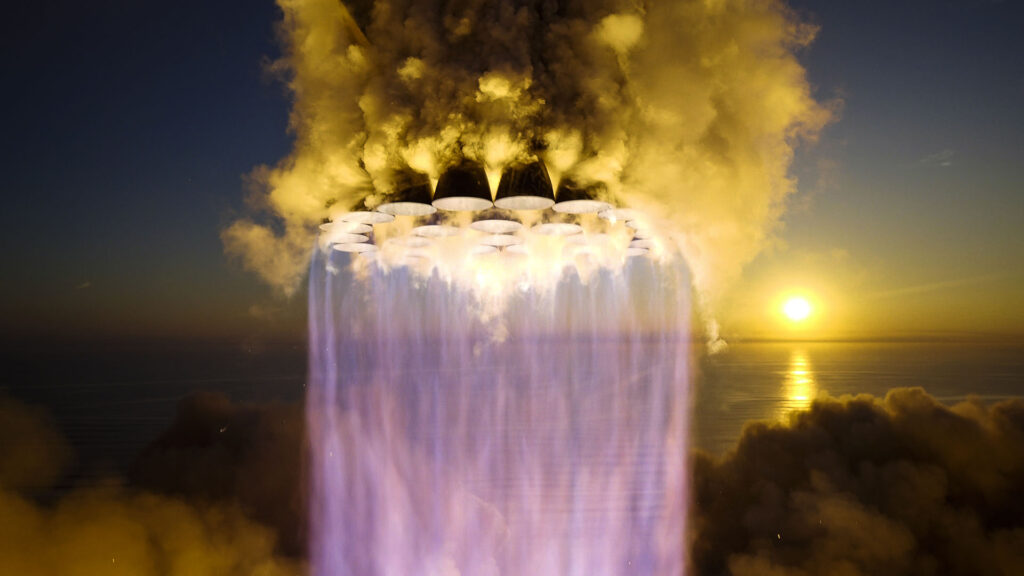Starship’s second flight almost reached orbit, according to Elon Musk. The person also gave a lead that caused the loss of the Starship in flight. This is a liquid oxygen evacuation problem.
SpaceX has clearly identified the reasons why its last launch attempt with the Starship rocket failed. In any case, Elon Musk took advantage from a stage point dedicated to the news of the company he founded to address the last test of the launcher, which took place on November 18, 2024.
The problem would not be linked to the structure of the Starship as such, according to Elon Musk. In his comments, reported in particular by Space.com, we understand that it is rather a concern linked to the mass of the launcher when carrying out certain aerial maneuvers. A mass caused by excess liquid oxygen, which led to complications.

This presence of liquid oxygen would not have been an issue if the Starship had been carrying a payload — the rocket was empty during this test, like the previous one. This payload would have resulted in additional mass, which would likely have led to increased consumption of “fuel” and, therefore, liquid oxygen.
“ If [le Starship] had a payload, it would have reached orbit, because the reason it didn’t is that we vented the liquid oxygen, and the liquid oxygen eventually caused a fire and an explosion “, said Elon Musk. Without this release, the rest of the flight would have been compromised in any case.
What we do not know at this stage is the reason why this ventilation of the liquid oxygen started the fire which caused the destruction of the upper stage of the rocket. As Space.com shows, he also did not mention the loss of the first stage (the Super Heavy), which also exploded after its separation from the Starship.
Heading for Starship’s 3rd flight
Naturally, Elon Musk showed his confidence for the future. If orbit was almost reached with flight 2, according to him, flight 3 will achieve it: “ I think we have a very good chance of reaching orbit with the third flight.” Otherwise, it will be with the fourth, we guess. This is the SpaceX method: test, evaluate and repeat.
The next step for SpaceX is currently planned for around February. Several ground tests have been carried out so far, both for the main stage and for the upper segment. In January, SpaceX said it was counting on a new test in February, once it received the green light from the authorities.


This third test is expected to once again validate the steps already passed during the first two flights and to bring it closer to its ultimate objective, consisting of flying over a large part of the Earth. Ultimately, the Starship is expected to fall into the Pacific Ocean, off the coast of the Hawaiian archipelago.
During this test, SpaceX is expected to carry out a unique operation: the transfer of propellant into space. This will be a modest test, but it should open the way to the possibility of switching “fuel” from one Starship to another, in a resupply logic. This is an important element for the success of the Artemis program.
Do you want to know everything about the mobility of tomorrow, from electric cars to e-bikes? Subscribe now to our Watt Else newsletter!
